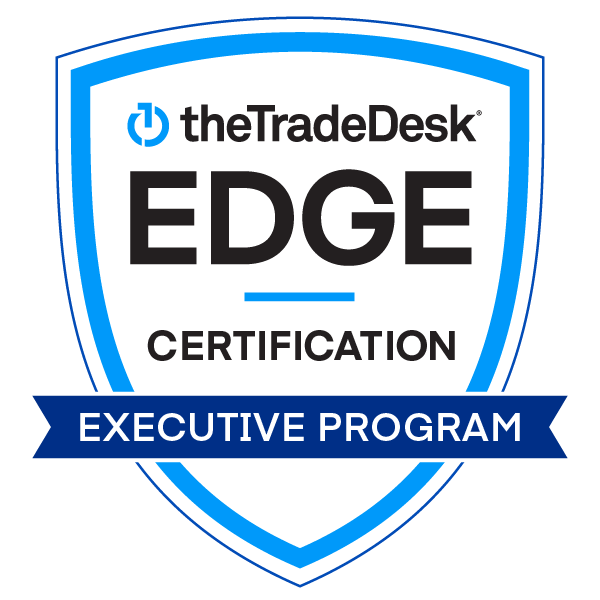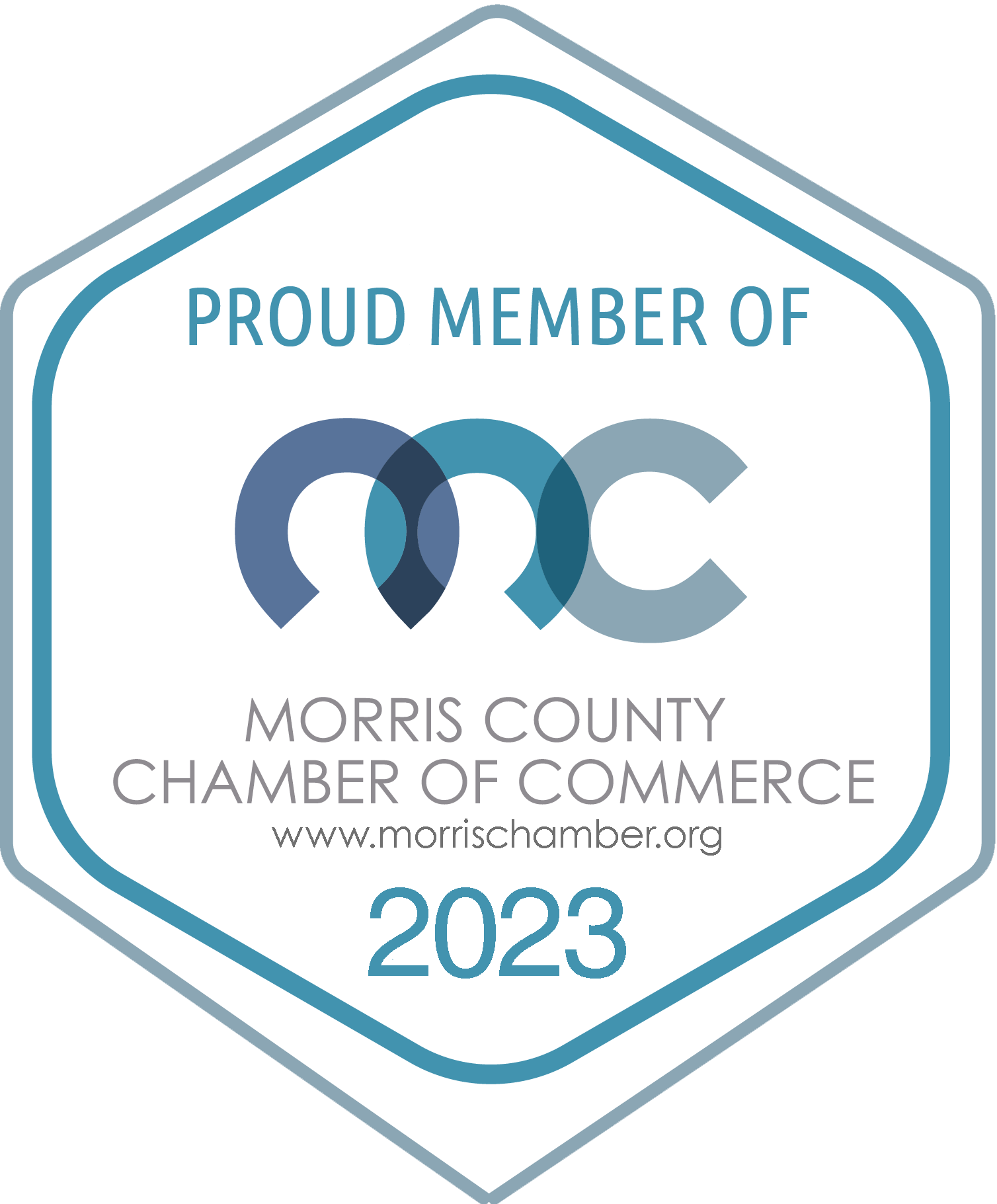 As the antenna, conscience, and voice of the organization, the public relations profession is on the front lines of identifying and dealing with information warfare. While several business and communication disciplines — including public relations — help build and drive brands, reputation, and sales, public relations stands alone in the broader effort of building mutually beneficial relationships, connecting people and ideas, and providing a voice in the marketplace of ideas, facts, and viewpoints to aid informed public debate. The currency of public relations is trust and evidence is clear that disinformation undermines trust, erodes communication channels, and significantly disrupts our democracy, economy, workplaces, and communities – basically, our entire way of life.
As the antenna, conscience, and voice of the organization, the public relations profession is on the front lines of identifying and dealing with information warfare. While several business and communication disciplines — including public relations — help build and drive brands, reputation, and sales, public relations stands alone in the broader effort of building mutually beneficial relationships, connecting people and ideas, and providing a voice in the marketplace of ideas, facts, and viewpoints to aid informed public debate. The currency of public relations is trust and evidence is clear that disinformation undermines trust, erodes communication channels, and significantly disrupts our democracy, economy, workplaces, and communities – basically, our entire way of life.
Information Warfare comes in several forms
- Mis-information. False information – but not created with negative intent.
- Dis-information. False information, specifically created to harm a person, social group, organization, or country.
- Mal-information. Information based on reality … but used to inflict harm on a person, organization, or country.
Information Warfare is a significant threat
According to the Institute for Public Relations’ 2019 Disinformation in Society Report, 63 percent of Americans view disinformation as a “major” problem in society, on par with gun violence (63%), and terrorism (66%). More than half (51%) of respondents said they encounter disinformation at least once per day, while 78% said they see it once each week.
The 2019 Edelman Trust Barometer revealed that 73% of those surveyed worry that misinformation, fake news, and digital bots are modern weapons of propaganda.
A study by three MIT scholars found that false news spreads more rapidly on the social network Twitter than does real news. False news stories are 70% more likely to be retweeted than true stories and it takes true stories about six times as long to reach 1,500 people as it does for false stories to reach the same number.
In addition, repetition of misinformation increased perceptions of its accuracy, per a study from McMaster University.
Information Warfare has an impact
While Russian disinformation campaigns in the U.S. garner tremendous attention, a 2019 University of Oxford study found evidence of organized social media manipulation campaigns in 70 countries, up from 48 countries in 2018, and 28 countries in 2017. “Around the world, government actors are using social media to manufacture consensus, automate suppression, and undermine trust in the liberal international order,” the report said.
Beyond political or governmental entities, organizations and individuals are often the victims and perpetrators.
In 2017, anonymous online messages spread a false campaign against Starbucks, by posting bogus tweets to promote “Dreamer Day,” on which the company was supposedly giving free drinks to undocumented immigrants. And, Coca-Cola was forced to address false reports about a Dasani bottled water recall caused by “clear parasites.”
In 2015, the Securities and Exchange Commission “filed securities fraud charges against a Scottish trader whose false tweets caused sharp drops in the stock prices of two companies.” A Canadian couple used the Web and social media to inflate the stock of companies with small capitalizations and then pocketed $2.4 million by selling shares of those companies. In India, 10 people were killed by lynch mobs after false information about child abduction gangs spread rapidly on WhatsApp.
In Nigeria, police say false information and incendiary images on Facebook have contributed to more than a dozen recent killings in an area plagued by ethnic violence.
How do Deal with Disinformation
- Real-time listening and monitoring is essential, as is quickly identifying false or misleading information that impacts an organization.
- Invest heavily in trust, relationships, and a good-will reservoir so your organization can withstand an attack.
- Make ethics a priority and keep your house in order
- Prepare and have plans in place to address false or misleading information.
- Identify and cultivate third-party advocates who can speak on your behalf.
- Quickly knock down misinformation.
Michael Cherenson, ARP, Fellow PRSA
Executive Vice President, SCG Advertising + Public Relations
Parsippany, NJ






